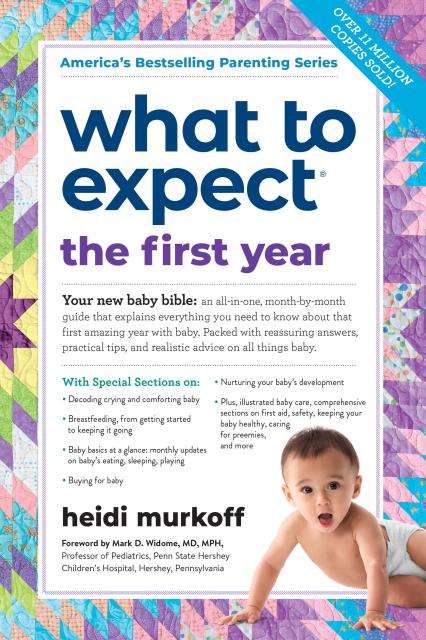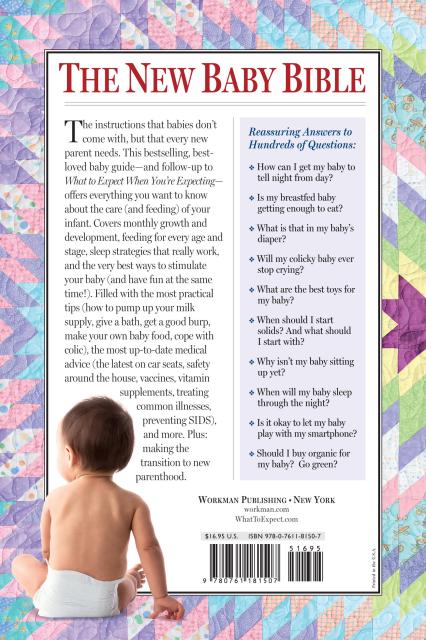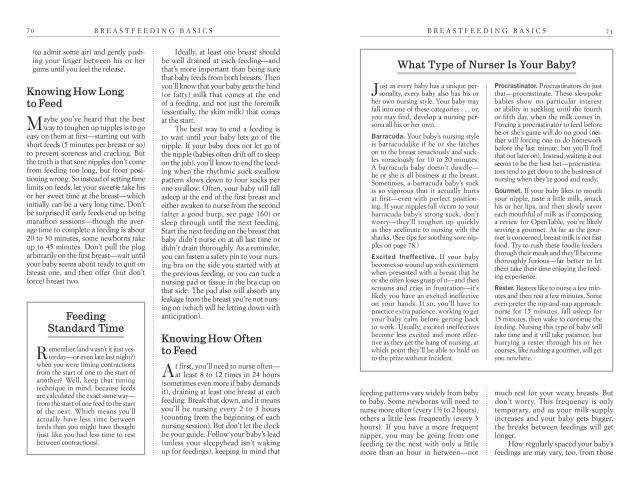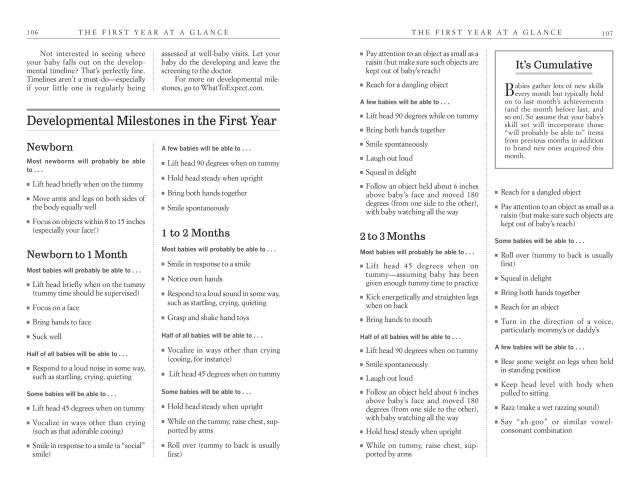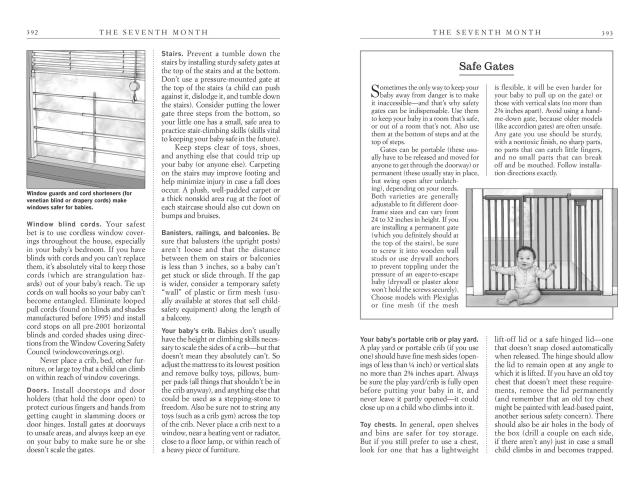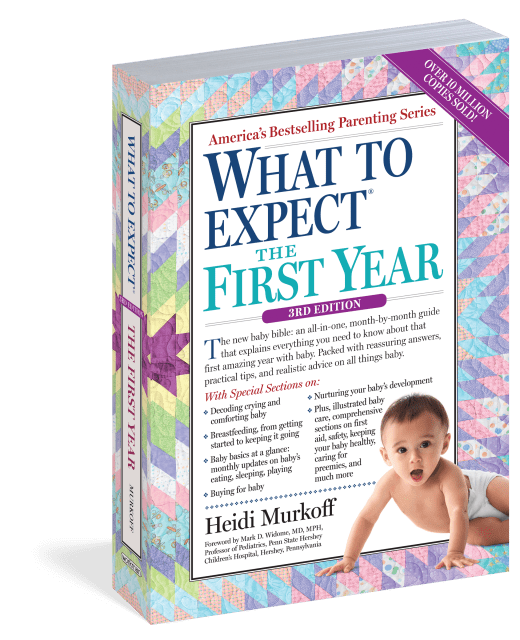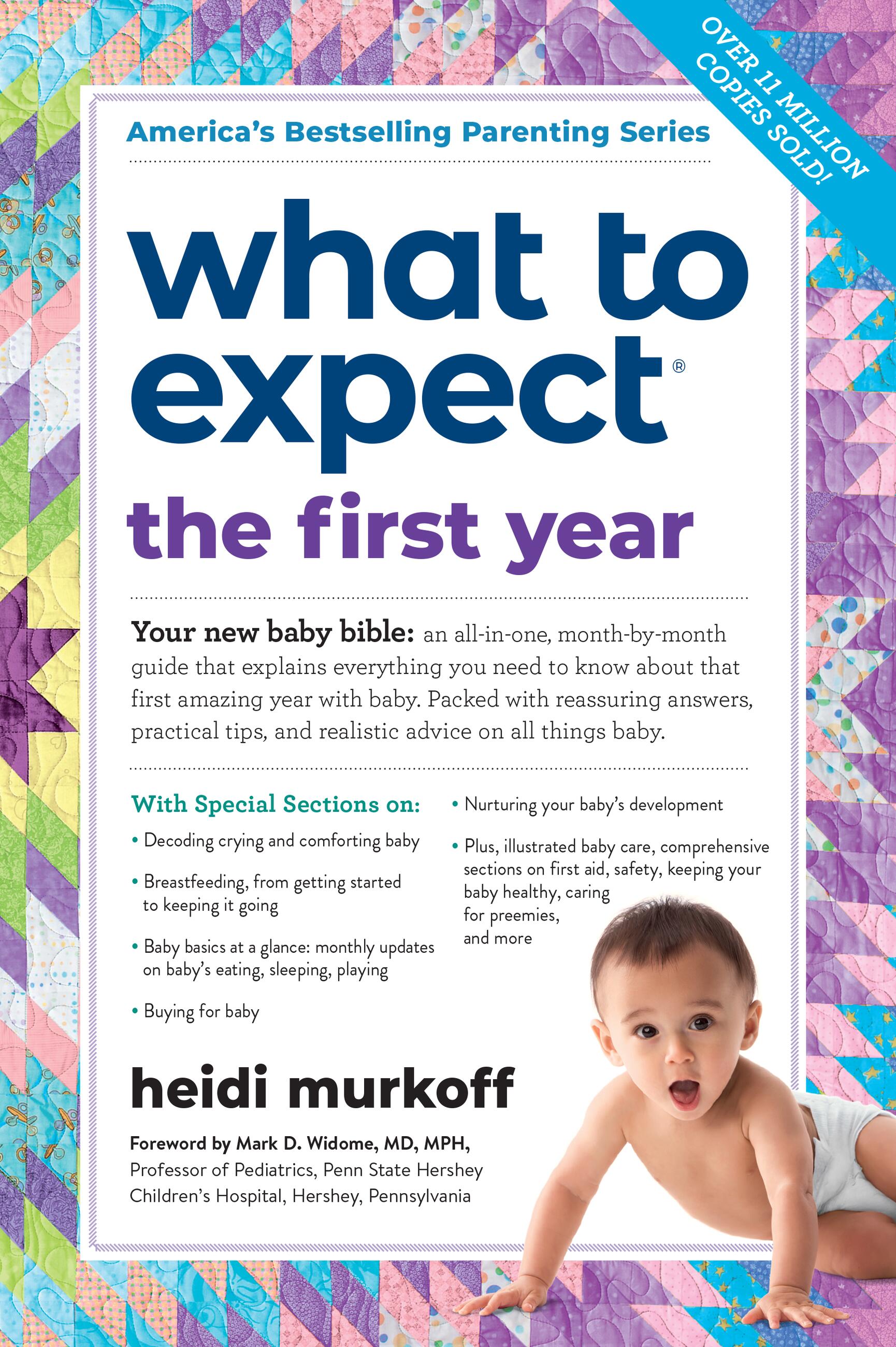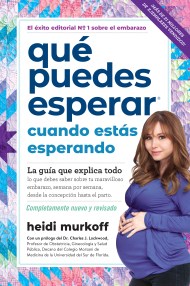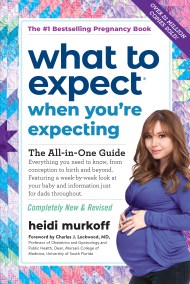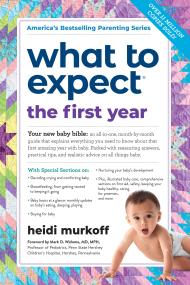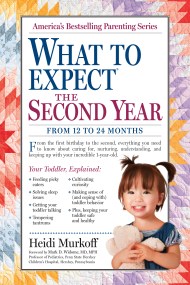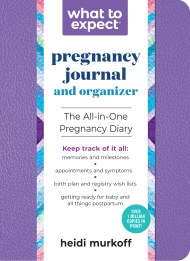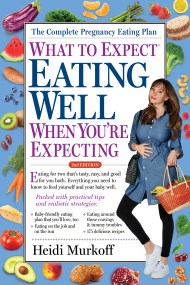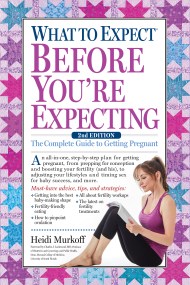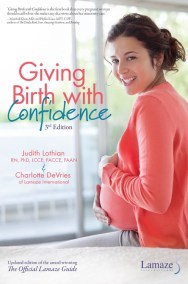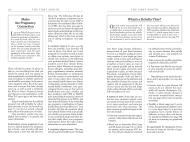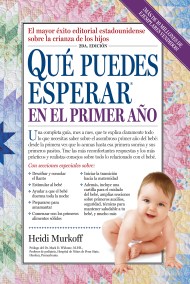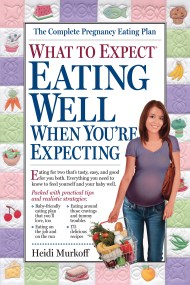Promotion
Use code MOM24 for 20% off site wide + free shipping over $45
What to Expect the First Year
(Updated in 2023)
Contributors
Formats and Prices
Price
$18.99Price
$24.99 CADFormat
Format:
- Trade Paperback $18.99 $24.99 CAD
- ebook (Spanish) $11.99 $15.99 CAD
- ebook $11.99 $15.99 CAD
- Trade Paperback (Spanish) $22.99 $29.99 CAD
This item is a preorder. Your payment method will be charged immediately, and the product is expected to ship on or around October 7, 2014. This date is subject to change due to shipping delays beyond our control.
Also available from:
Updated regularly, America’s baby bible answers all your questions.
- How can I get my baby to tell night from day?
- Is my breastfed baby getting enough to eat?
- When should I start solids? And what should I start with?
- When will my baby sleep through the night?
- Will my colicky baby ever stop crying?
- What are the best toys for my baby?
- Is it okay to let my baby play with my smartphone?
- Should I buy organic for my baby?
Genre:
- On Sale
- Oct 7, 2014
- Page Count
- 704 pages
- Publisher
- Workman Publishing Company
- ISBN-13
- 9780761181507
Newsletter Signup
By clicking ‘Sign Up,’ I acknowledge that I have read and agree to Hachette Book Group’s Privacy Policy and Terms of Use
